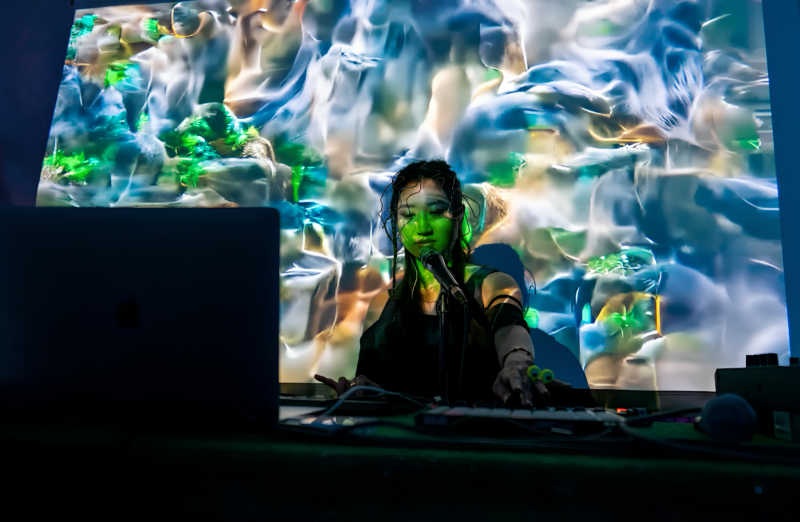It’s not like Skynet is going to take over the music industry and have all the robots start belting out their own versions of Sweet Child O’ Mine. While AI has the potential to be the ultimate hype man for certain aspects of music production and distribution, it’s not about to steal the spotlight from human artists like Lady Gaga or Kanye West. Sure, AI can churn out some pretty sick beats, but it’s not exactly on the level of a musical mastermind like Quincy Jones. And let’s be real, even if AI could produce the next Old Town Road, people are still going to want to hear the real deal from human artists like Lil Nas X. So no, AI isn’t going to completely destroy the music industry.
That’s what I got when I asked Chat GPT: “Please write a text about whether AI will destroy the music industry but with witty pop culture references”. A little cringy but not too bad, eh? Still, in a world of fake Drake and personalized AI-“DJs” on Spotify, there are many unanswered questions and an AI tool may not be the most unbiased source when it comes to how harmful or beneficial Artificial Intelligence could be to artists and the music industry. To gain further insight into the actual practice of exploring and using the potential of AI in the creative process, I met with the multidisciplinary artist Portrait XO. The LA-born and Berlin-based artist recently birthed her debut album WIRE reflecting on technological innovations in both the production and distribution process.
Breaking Free from Patterns
The journey started off with a collaboration between Portrait XO and CJ Carr, also known as part of dadabots – a pioneering group when it comes to music and AI. They bonded over a shared passion for merging music and innovative technology. Unlike many conventional data scientists, CJ approaches AI models specifically with a musician’s perspective in mind. After talking about working together for some time, a residency at Factory Berlin x Sonar+D gave them the opportunity to carry out their research-based project. Portrait XO gathered a diverse range of her vocal recordings, spanning over 200 unreleased songs, to serve as the basis for CJs AI training using a custom SampleRNN AI model. Two and a half days later, the artist received a staggering 10 hours of audio, of which about 5-10% were usable in terms of melody and lyrical content. However, it was the organic glitches and morphing artifacts present in the AI-generated audio that piqued her interest. These unexpected imperfections provided an intriguing soundscape beyond what AI plug-ins and MIDI tools could replicate.
Fragmented
This process began at a time when Portrait XO was feeling a little stuck with her art. A feeling most artists can relate to, where nothing feels quite good enough. The AI helped her get out of that rut and completely rethink her voice: “So at the beginning of my creative process, I literally had no idea what the outcome was going to be, but because I was so tired of my own patterns and desperate to break free of form and push myself in a different direction, this [input from the AI] really cracked that open for me. It was like there was a hammer that shattered everything in my brain of whatever I was used to. All my patterns and all the classical training shattered into a billion pieces. And then I got all these fragments back but in a completely different shape. It became a fun game of treasure hunting for the little bits.”
There is no algorithm for teaching AI models music theory. Portrait XO describes the AI model’s process as making waveform predictions. Because AI is good at pattern recognition, it will identify the most repetitive patterns and create new ones based on that. But even though the model tried to emulate her style, it came up with techniques she wouldn’t be able to even replicate. Hearing her own voice in such unfamiliar expressions created a range of internal reactions, from fascination to discomfort: “What started off as a very scientific approach to coming up with creative problem-solving solutions ended up becoming also a very emotional journey because I ended up curating all the lyrics and melodies that were very relevant to my own story of whatever it is that I was feeling at the time.”
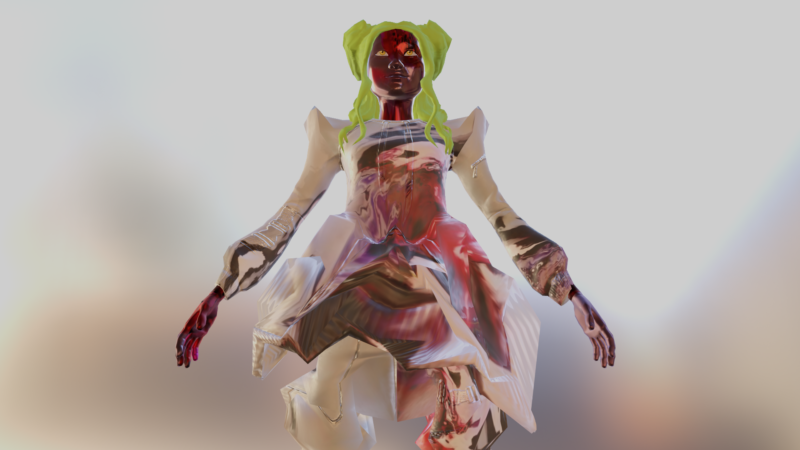
3D hybrid AI avatar Nomeee
Shaping the Discourse
Despite the intensity of her individual experience, Portrait XO encourages all artists to use AI to reflect on their work. “It definitely was a very intimate journey. I can see other artists developing this highly intimate experience with themselves as a way in which AI can be creatively inspiring.” AI can be a source of inspiration by providing feedback when you feed it your audio files. Or it can be useful for speeding up the production process, helping with aspects that artists feel they have less skill or desire to do completely on their own. Portrait XO, for example, finds it helpful to use AI in the songwriting process but rather does the music production part herself. Or imagine a world where newcomers don’t have to pay for mixing and mastering, but can run their tracks through an AI tool to generate a profound result.
The term AI has been thrown around a lot lately in the music industry and beyond – either as the biggest existential threat to artists and art itself, as the evil algorithm sibling of streaming platforms, or as a genius tool for optimizing music production and distribution processes. The truth is probably somewhere in between. We tend to forget that we have been through processes like this many times before. New technologies emerge and some get over-excited while others predict the downfall of humanity. Think of T-Pain, one of the first major mainstream artists to widely use autotune as a stylistic device, getting a lot of hate from fellow musicians for using a tool that many feared would void the craftsmanship of singing and making music. Now you hear deliberately distorted voices and glitches in every other pop song.
However, there is no point in denying the disruptive power of AI in every aspect of life. More and more activists are pointing out the problematic prejudices and distortions of algorithms. This has to do not only with the general lack of diversity among programmers but also with biased data sets. So it is important to emphasize that AI is always a reflection of society and its power dynamics. That is why Portrait XO encourages ongoing discussions and engagement with the topic, emphasizing the need to address the potential benefits and concerns associated with AI, within and outside of the creative realm.
“AI’s been around since the 60s, right? And so whatever it is that we think of doomsday scenarios, they’ve kind of been happening already. The difference is that over the last few years the open-source community has blossomed and opened up all these ways of experimenting that gave birth to a huge boom of creative AI art. This is a good thing because we should all be talking about this stuff and not let it be hidden behind closed doors of corporates”.
The project has given Portrait XO more than she expected. It broadened her knowledge and sparked curiosity about the technology’s impact on society, recognizing the importance of understanding AI’s consequences on creativity, copyright, and data protection. Diverse narratives and perspectives are essential in shaping the discourse around AI: “Approach everything from a neutral position and approach these new things with curiosity. Then allow skepticism to be there and think constructively about, you know, the impact of it. Everything can be used for good and bad and everything in between.” More often than not, it is artists who push the conversations and keep asking the right questions. Let’s not debate whether Heart On My Sleeve is art or not but acknowledge that it has led to a huge and important discussion about copyright and agency. So the question isn’t whether AI is good or bad, helpful or harmful. It is about how to democratize access and how to protect ownership of data.
Embracing the Human Element
One crucial question remains: Will AI replace humans in the creative process? As Portrait XO explains, AI falls short when it comes to crafting art and delivering emotional journeys. It lacks the ability to replicate the spontaneity and real-life experiences that fuel human creativity. AI excels at generating content based on existing data, creating the most generic and plausible outcome. It can provide starting points and suggestions that we can build on, but it can’t stumble upon unexpected moments. The personal journey of making music and the creative problem-solving process remains a deeply human endeavor. It is like having a helpful companion, but ultimately it is the who artist steers the ship toward the desired outcome. What data and prompts are used to feed the AI? How are the results altered? Does it have all the details? What is the final product? These questions will still have to be answered by humans. “We have to remember that for anything to work, the human has to tell the technology what to do. This applies to AI-generated output like any other tool. The person who is using it needs to know what it is that they’re trying to achieve and create. I think we’re witnessing a new era of computational virtuosity. […] Creative coding has led to such a huge emergence of human creativity in general. So it’s not just about creating code that does something, but how well can you create the code to do the thing that you want to do?“ So the approach, the conceptual idea and the vision of the outcome remain important skills of the artist. This brings us back to legend Quincey Jones and one of his famous quotes: “If you don’t fully understand music, you end up working for the technology instead of the technology working for you.” (musicradar 2020)
Learning the basics of an art form, such as music theory or how to play an instrument, will still be relevant when working with AI. Let’s say you use your recordings to train the AI, the general rule remains that the data output can only be as good as the data input. As Portrait XO emphasizes, nothing can replace playing a physical instrument or the experience of watching a human perform live. Creators of electronic music already face the challenge of performing without traditional instruments, where the laptop alone gives the audience a different perspective or feeling towards the artist.
“Technology is not replacing creativity. It’s creating new ones. You know, it’s a curatorial role that we’re taking on. And maybe everyone’s also gonna become a bit more multi-disciplinary and [AI will] help them do a full-blown A to B project all on their own.“
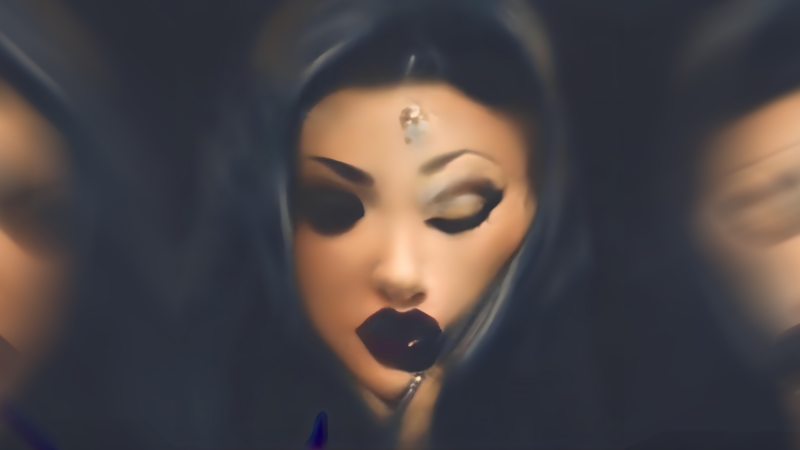
AI Self-Portrait
The Album’s Unconventional Release Approach
Portrait XO‘s album, WIRE has technically been out since the end of December. The artist explains, “It’s not on any web 2.0 platforms. I’ve registered it on traditional registration sites like ASCAP, but in the music industry world, it’s not seen as an official release because it’s not on Spotify.” Originally scheduled for release in 2020, the album faced delays due to the lockdown and canceled festivals. In retrospect, however, it worked out well as it allowed Portrait XO to delve deeper into the visual side and explore new distribution options. Her willingness to experiment with new technologies and challenge the norms of the music industry is also reflected in her approach to distribution. It has sparked her curiosity about decentralized technologies and how they can be used to get work out there. For an “NFT to vinyl” album campaign, Portrait XO decided to collaborate with the Berlin-founded, blockchain-driven community platform twelve x twelve. The idea was to bring back the feeling of special ownership and create a memorable experience for her listeners. The NFTs were accompanied by unique audiovisuals and collecting all songs would get you a physical vinyl. The artist also wanted to move away from the obsession with numbers and streaming statistics, striving for a more intimate connection with listeners.
Both the production and distribution of the album were open-minded experiments with innovative technologies, leading to emotional results and meaningful experiences. If anything, it is her curiosity that is at the root of her creative practices. Thinking about future projects, Portrait XO mentions ideas of collaborating with artists and helping them link their recordings with AI tools. She is also interested in putting more energy into improving the AI tool fed with her own voice recordings to explore its full potential. With her sometimes unconventional, always forward-thinking projects, only time will tell what Portrait XO will bring us next. “I don’t know what’s going to happen a year from now because I don’t know what’s going to happen a week from now. That’s how fast things are progressing. But I think it’s a good problem to have. There is an overabundance of possibilities, which is better than the opposite.”
AI AV album ‘WIRE’ was released as NFT to Vinyl on December 9th, 2022 via SOUND OBSESSED x twelve x twelve. You can now stream it on Audius. Portrait XO is performing an audiovisual live show in Berlin at Dock 11 on June 9th as part of the exhibition Together We Are Robots.
